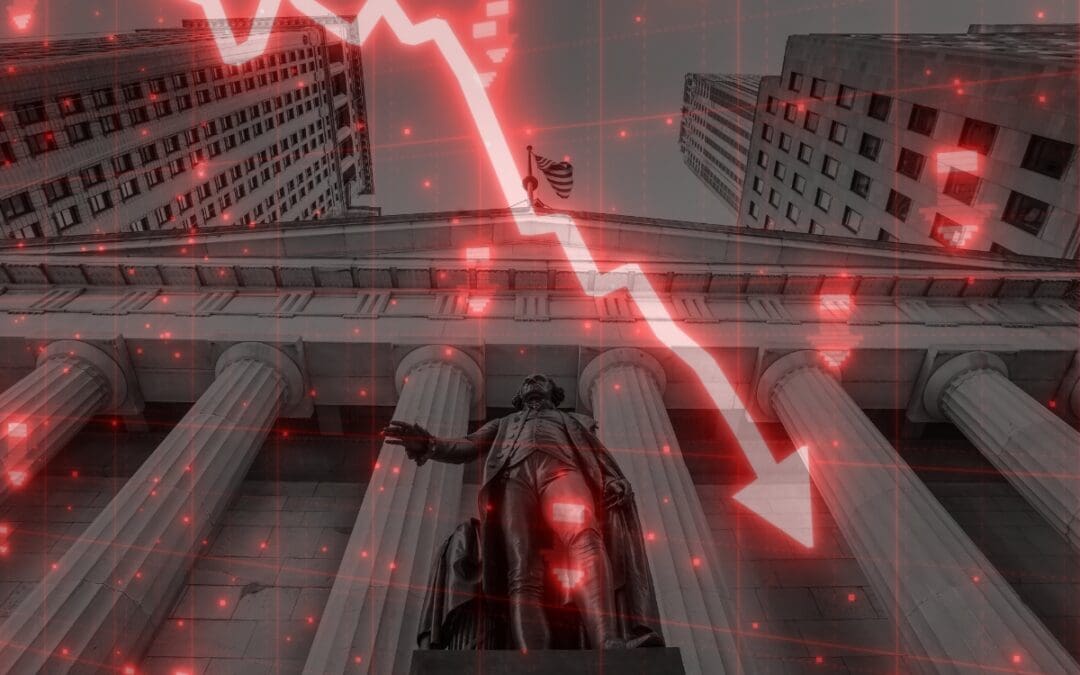It is impossible to avoid market crashes. But knowing why these downturns occur — and what consequences they have — can be helpful in managing future market fluctuations. Here are several key lessons from some of the most significant market crashes in history:
The Great Depression (1929)
The stock market crash of 1929, which led to the Great Depression, is a perfect example of how a market high can result in a low. The Roaring Twenties saw people investing enthusiastically in stocks as the market soared. Many invested on margin, whereby they obtained loans to purchase more stocks. When the market turned down, the margin loans were called in leading to massive sales and, subsequently, the downward spiral in equity prices.
Lesson: Avoid excessive leverage. In this context, leveraging strategies suggest that trading on borrowed funds can enhance gains, but it also can escalate losses. Financial stability is an important aspect of any good long-term investment plan, and not going too deep into debt chasing gains is very important.
Black Monday (1987)
The largest single-day percentage drop in the stock market was on October 19, 1987, when the Dow Jones Industrial Average dropped by 22.6%. A complex mix of program trading, overvaluation, and psychological factors caused this crash.
Lesson: If you are unsure of which companies to invest in or if the stock market is unpredictable, then diversify and do not panic. Distributing your funds across different asset classes may help reduce the impact of a stock market fall. Moreover, panic selling during a crash only serves to realize the loss, whereas a long-term approach allows the investor to recover their losses, as markets tend to recover over time.
The Dot-Com Bubble (2000)
The late 1990s saw a surge in technology stocks. However, many of these firms were overvalued and had not generated any profit. After the bubble burst in 2000, there was a significant loss in value.
Lesson: Valuation matters. Investing in companies with questionable fundamentals and unrealistic pricing is a recipe for trouble. Although it can be enticing to buy stocks that have the potential to double, triple, or even more in the shortest time possible, it is important to keep the risk side of the equation in mind.
Global Financial Crisis (2008)
The catalyst for the market crash of 2008 was the burst of the housing bubble and subprime mortgages. Different financial institutions, linked together, caused a global recession.
Lesson: Understand your investments. A factor that contributed to this crisis was the expanded use of financial products such as mortgage-backed securities. It’s undoubtedly tough to see how those dominos could fall, but the lesson learned is it is crucial to understand your investments and the associated threats.
COVID-19 Pandemic (2020)
The early stages of COVID-19 in early 2020 resulted in one of the fastest bear markets in history. We saw stock markets across the world crash as the world went into a lockdown. However, unprecedented monetary and fiscal stimulus helped markets bounce back quickly.
Lesson: Stay invested. Investors who held on to stocks were rewarded with the market’s quick rebound. People often advise against picking the bottom or top of the market, as it can significantly reduce your long-term returns.
Conclusion
Historical market crashes teach us the importance of diversification, understanding investments, avoiding excessive leverage, and maintaining a long-term perspective. Learning from past events and outcomes can help investors avoid similar failures in the future.
Remember, while the market drops are frightening, they also eventually benefit those who are willing and able to stick to their long-term program.
If you apply these lessons to your investment plan, it will help reduce risk and improve portfolio appreciation in the future.

